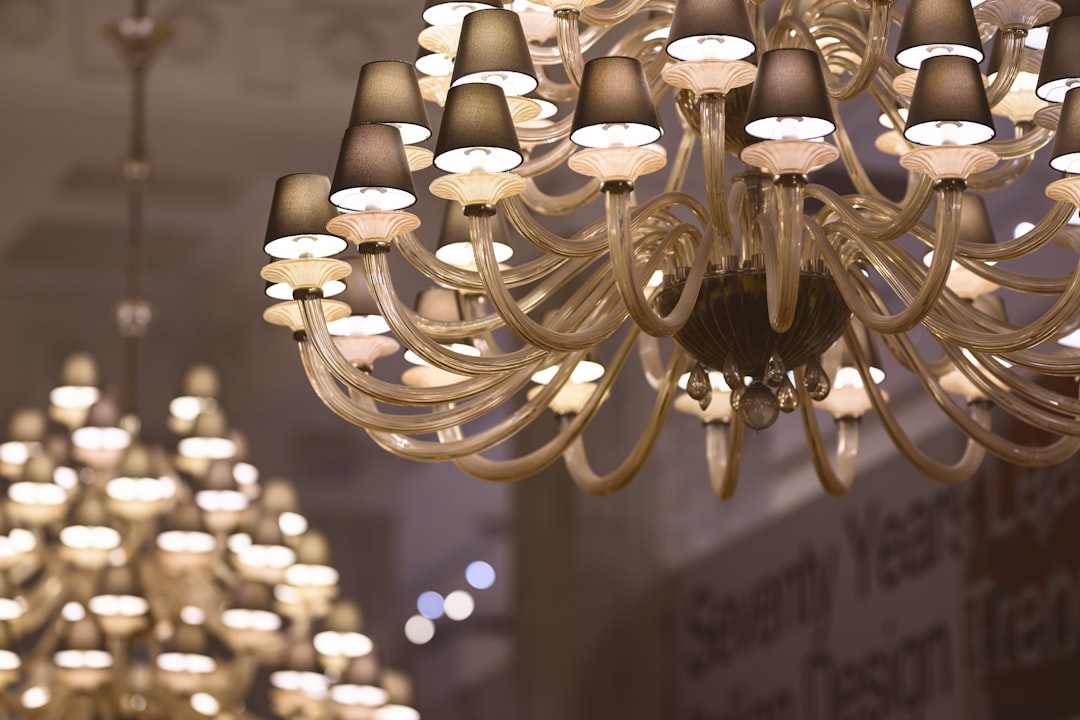Island chandeliers have emerged as a quintessential element in modern kitchen design, serving not only as a source of illumination but also as a striking focal point that enhances the overall aesthetic of the space. These fixtures are typically suspended above kitchen islands or dining areas, where they can provide both functional lighting and a touch of elegance. The evolution of island chandeliers has seen a shift from traditional designs to more contemporary interpretations, incorporating various materials, shapes, and sizes to cater to diverse tastes and interior styles.
The significance of island chandeliers Nounhouse extends beyond mere decoration; they play a crucial role in creating an inviting atmosphere. A well-chosen chandelier can transform a mundane kitchen into a warm and welcoming environment, making it an ideal gathering place for family and friends. With the right design, these fixtures can complement the existing decor, whether it be rustic farmhouse, sleek modern, or eclectic vintage.
As homeowners increasingly prioritize open-concept living spaces, the importance of selecting the perfect island chandelier has never been more pronounced.
Choosing the Right Size and Style
Selecting the appropriate size and style of an island chandelier is paramount to achieving a harmonious look in your kitchen. The dimensions of the chandelier should be proportionate to the size of the island or dining table it will illuminate. A common guideline is to ensure that the chandelier is approximately one-third the width of the island.
For instance, if your kitchen island measures 6 feet in length, a chandelier that is around 2 feet wide would be ideal. This proportionality not only ensures adequate lighting but also maintains visual balance within the space. In terms of style, the options are virtually limitless.
From minimalist designs featuring clean lines and geometric shapes to ornate fixtures adorned with crystals or intricate metalwork, the choice should reflect both personal taste and the overall theme of the kitchen. For example, a rustic wooden chandelier may beautifully complement a farmhouse-style kitchen, while a sleek, metallic fixture could enhance a contemporary space. Additionally, consider the finish of the chandelier; brushed nickel, antique brass, and matte black are popular choices that can either blend seamlessly with existing hardware or stand out as statement pieces.
Installation and Placement Tips
Proper installation and placement of an island chandelier are crucial for maximizing its functionality and aesthetic appeal. When installing a chandelier above an island, it is essential to hang it at an appropriate height to ensure that it provides adequate light without obstructing views or movement. A general rule of thumb is to hang the bottom of the chandelier 30 to 36 inches above the countertop.
This height allows for sufficient illumination while ensuring that individuals seated at the island can enjoy unobstructed sightlines. Placement is equally important; centering the chandelier over the island creates a balanced look. If your island is particularly long, consider using multiple smaller chandeliers spaced evenly along its length.
This approach not only enhances lighting but also adds visual interest. Additionally, take into account any other light sources in the kitchen, such as recessed lighting or pendant lights, to create a layered lighting effect that enhances both functionality and ambiance.
Incorporating Dimmers for Ambiance
Incorporating dimmers into your island chandelier setup can significantly enhance the versatility of your lighting scheme. Dimmers allow you to adjust the brightness according to different activities and moods, making them an invaluable addition to any kitchen. For instance, during meal preparation or cooking, brighter light may be necessary for visibility and safety.
Conversely, when hosting dinner parties or enjoying a quiet evening with family, softer lighting can create a more intimate atmosphere. The installation of dimmer switches is relatively straightforward and can often be done as a DIY project. However, it is essential to ensure that the dimmer is compatible with the type of bulbs used in your chandelier—LEDs, incandescent, or halogen—since not all dimmers work with every bulb type.
By utilizing dimmers, homeowners can easily transition their kitchen from a bustling workspace to a cozy gathering spot with just a flick of a switch.
Maintenance and Cleaning
Maintaining and cleaning an island chandelier is essential for preserving its beauty and functionality over time. Dust and grease can accumulate on light fixtures in kitchens more than in other areas of the home due to cooking activities. Regular cleaning not only enhances the appearance of the chandelier but also ensures optimal light output.
For most chandeliers, a simple dusting with a microfiber cloth will suffice; however, for more intricate designs with crystals or glass elements, additional care may be required. To clean crystal chandeliers, it is advisable to use a mixture of warm water and mild dish soap. Gently wipe each crystal with a soft cloth to avoid scratching.
For metal fixtures, a damp cloth followed by drying with another soft cloth can help prevent water spots and tarnishing. It’s also important to periodically check for loose bulbs or connections and replace any burnt-out bulbs promptly to maintain consistent lighting levels.
Energy-Efficient Options
As energy efficiency becomes increasingly important in home design, many homeowners are seeking out energy-efficient options for their island chandeliers. LED bulbs have gained popularity due to their longevity and low energy consumption compared to traditional incandescent bulbs. They produce less heat and can last up to 25 times longer than incandescent options, making them an environmentally friendly choice that also reduces electricity bills.
When selecting an energy-efficient chandelier, look for fixtures specifically designed for LED compatibility. Many manufacturers now offer chandeliers that come with integrated LED technology or are designed to accommodate LED bulbs without compromising on style or brightness. Additionally, consider fixtures that feature energy-saving features such as motion sensors or smart technology that allows for remote control via smartphones or home automation systems.
Enhancing Task Lighting with Island Chandeliers
While island chandeliers primarily serve as decorative elements, they can also play a significant role in enhancing task lighting within the kitchen. Task lighting is essential for areas where specific activities take place—such as food preparation or cooking—requiring focused illumination. To achieve this with an island chandelier, consider choosing designs that provide ample downward light while minimizing glare.
Chandeliers with multiple light sources or adjustable arms can be particularly effective in directing light where it is needed most. For instance, a multi-tiered chandelier can cast light both downward onto the countertop and upward onto the ceiling, creating a well-lit environment without harsh shadows. Additionally, pairing an island chandelier with under-cabinet lighting can further enhance task lighting by illuminating work surfaces without overwhelming brightness.
Budget-Friendly Alternatives
For those looking to incorporate island chandeliers into their kitchens without breaking the bank, there are numerous budget-friendly alternatives available on the market today. While high-end designer chandeliers can be stunning, many affordable options offer similar aesthetics without compromising quality or style. Retailers such as big-box home improvement stores and online marketplaces often feature a wide range of stylish yet affordable chandeliers that can fit various budgets.
Another cost-effective approach is to consider DIY projects or upcycling existing fixtures. With some creativity and basic crafting skills, homeowners can transform thrifted or outdated chandeliers into modern masterpieces by repainting them or replacing outdated bulbs with energy-efficient options. This not only saves money but also allows for personalization that reflects individual style preferences while adding character to the kitchen space.



